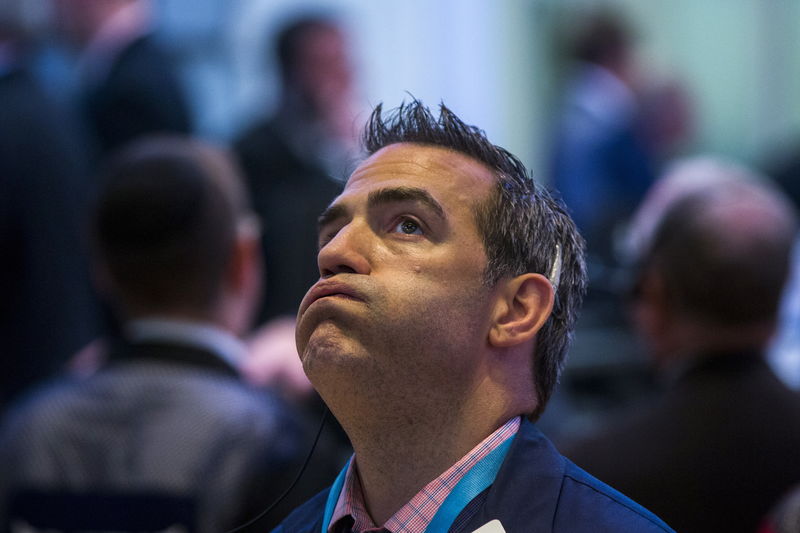(Bloomberg) -- While it’s tempting to portray recent turbulence in U.S. equities as a return to normalcy, be advised: the S&P 500 Index is swinging around in a way that is beyond what is usually seen in bull markets.
Two months into the new year, the equity benchmark has notched 15 days in which it moved 1 percent or more in either direction. That’s almost twice as many as the whole year of 2017.
At 36 percent of all trading sessions, the frequency of big days is higher than in all bull market years since World War II except one. That was 2011, when a downgrade of the U.S. sovereign rating sent the index to the brink of a bear market decline of 20 percent.
Gone are the calm days. In their place are lurches and rebounds, as investors reassess the durability of the nine-year equity rally. Lately, the prevailing direction has been down.
From surging inflation to the implosion of volatility-related products and the danger of a trade war, bad news keeps zapping stocks. Even the synchronized global recovery, a thesis that fueled the latest rally in equities, was called into question over the past week as manufacturing data from Europe to China to Japan signaled a cooling in expansions.
Add renewed uncertainty over monetary policy as Jerome Powell took the helm of the Federal Reserve, and it’s not hard to see why the market is so excitable. The S&P 500 has changed 0.9 percent a day since January, triple the average from last year. Should the market volatility stay elevated, the spike in daily swings would be the biggest on record.
